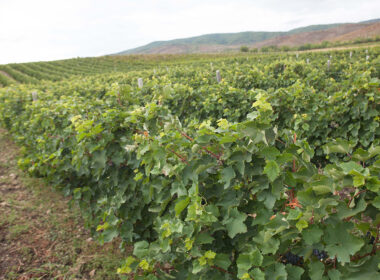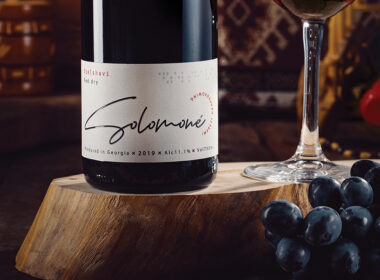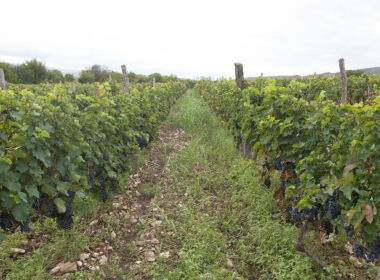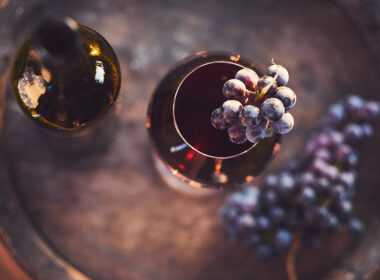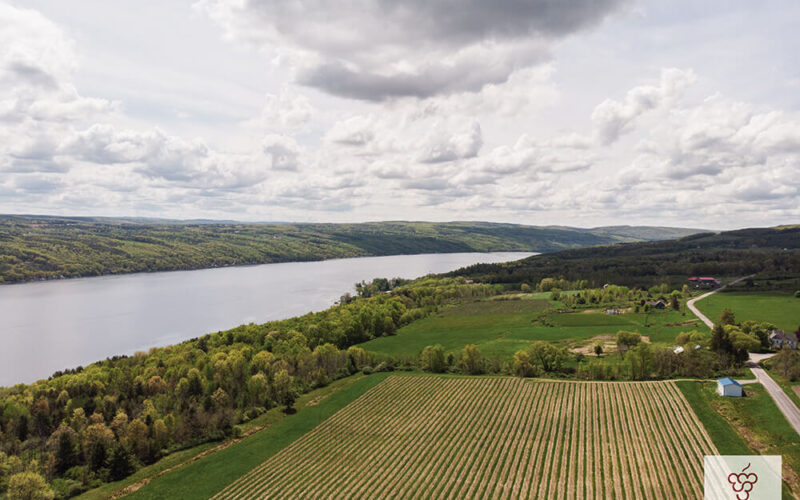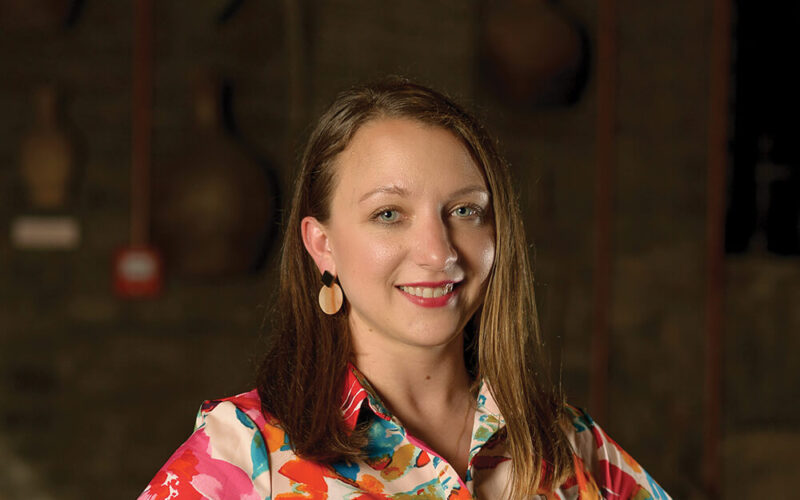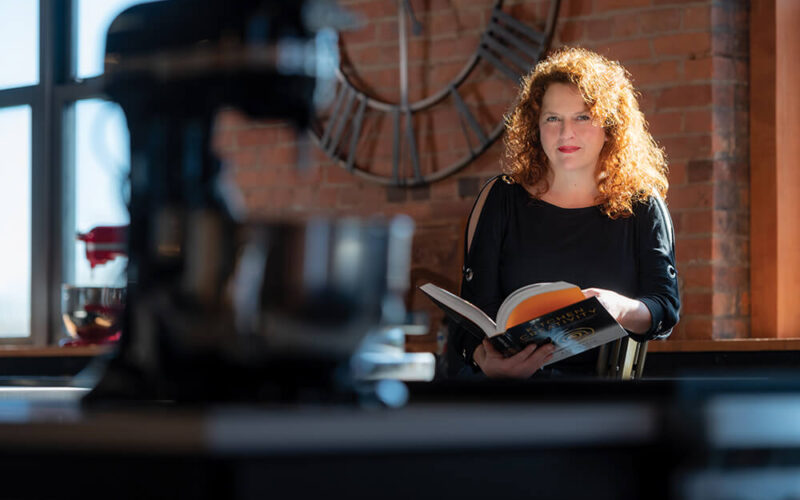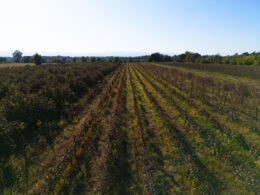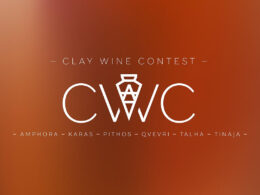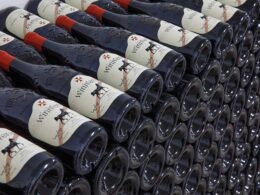American Winemakers, Restaurant Business Representatives, Sommeliers, and Marketers in and About Georgia.
In the Finger Lakes region of New York, the Saperavi Festival successfully returned for its second edition this year. This festival serves as a platform to promote Saperavi, other Georgian varieties, Georgian gastronomy, and culture not only within the region but also across the entire state of New York and the USA. Over the past 60 years, Saperavi has thrived in the Finger Lakes and has established itself as a traditional grape variety with great potential to become the region’s leading red wine grape. Its rising popularity in the region paves the way for its future success throughout America. The annual Saperavi festival, organized by Saperica and its founders, Lasha Tsatava and Erica Frey, aims to achieve this goal.
Lasha, Erika, and other like-minded individuals, established the festival last year. In the same year, they devised a comprehensive plan encompassing educational seminars, events, and exchange programs between the Finger Lakes and Georgia, catering to wine and gastronomy enthusiasts as well as professionals within the industry. The program was launched this year in April, a month and a half prior to the second Saperavi Festival. As part of the program, American winemakers, restaurateurs, sommeliers, and marketers had the opportunity to visit Georgia.
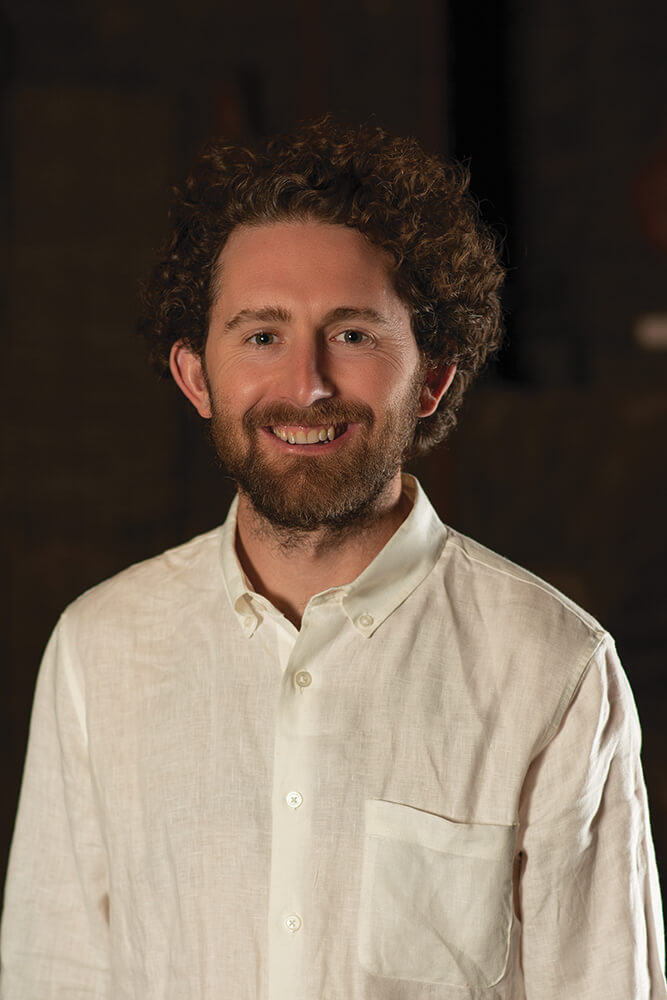
Dillon Buckley |Winemaker at Standing Stone and the producer of Saperavi. The parent company, Hermann J. Wiemer also owns a nursery that propagates Saperavi: Georgia was a fantastic place to visit, filled with generous people, wonderful food and a deeply rooted culture that feels authentic to itself and the people. A very special experience to see how these varieties and the resulting wines have emerged alongside that culture.
Q: During your visit, did you acquire any valuable information/experience about Georgian grape varieties and/or Georgian hospitality? And how is it likely to affect your own line of business? How useful do you find these experiences, and how likely are you to use some of what you saw in Georgia in your own line of work?
I will take a lot home with me from this experience. The first of which is the generosity of spirit that all Georgians showcase, a truly special form of hospitality. We were welcomed as family in every place we stepped foot! A good reminder that we should always be more welcoming to visitors. As a result of this experience, I think I will continue pushing some of our work we do with skin contact wines. The longer macerated wines often showed more elegance and finesse than some of the wines that had much shorter times in contact with their skins. Quite counterintuitive. The tannins always seemed more balanced and polished on the extended skin contact wines. That was extremely surprising to me and something I would like to see how it plays out in our production with some of our varieties here in the Finger Lakes.
I find the qvevri winemaking style & methods really intriguing. You can hear & read about it but once you are able to be there, it’s a whole new understanding. Overall, I found the textural element qvevris can add to the finished wines to be perhaps the most significant observation. That can be an undervalued component in wines, so have a vessel to assist in that is helpful. After having tasted many varieties and areas, it does seem clear to me that there are varieties that do better than others in the qvevris. So, continuing to see Georgian producers tease that out over the next few years will be interesting to follow. Seeing and tasting wines out of qvevris, which we had the opportunity to do on a couple of occasions, was especially eye-opening! We are currently working with a ceramic vessel for our Saperavi at Standing Stone; however, we don’t have any buried in the ground, maybe in the future!
Q: Apart from Saperavi and Rkatsiteli, you have familiarized yourself with and have tasted wines made from rare varieties from various winemaking regions of Georgia. What are your impressions about them, and would you single out any variety or wine style in particular?
Yes, the breadth of varieties in such a small place blew me away! Having some varieties that do not self-pollinate was also a big surprise. In particular I found a lot of the varieties from Western Georgia to be quite enticing, partially due to my lack of familiarity with them. Some highlight white varieties from our tastings were Tsolikouri, Khikhvi, and Krakhuna. I also enjoyed a rare white grape that I hope finds favor once again in Georgia, named Egudzguri. On the red grape front, I found Tavkveri, Ojaleshi and Alexandrouli to be quite interesting and something I could imagine working with here in the Finger Lakes.
Q: Within the frameworks of an exchange program, what is more likely to be of interest to you? a representative of a famous winery/winemaker visiting the Finger Lakes, or are you more likely to favor a young winemaker?
I would love to have some younger winemakers come to our area to do a harvest internship with us and vice versa. It is a very common practice in the wine industry to do this, we often have international students/winemakers working with our team for the fall season. It is a win-win for all involved in my experience. Georgian wineries should definitely try to promote themselves in this area of the wine industry. Some older, more established winemakers/viticulturalists visiting our area would also be fantastic and something I know Saperica is trying to put in the works for the future!
MADLOBA to all! An experience I will not soon forget!

